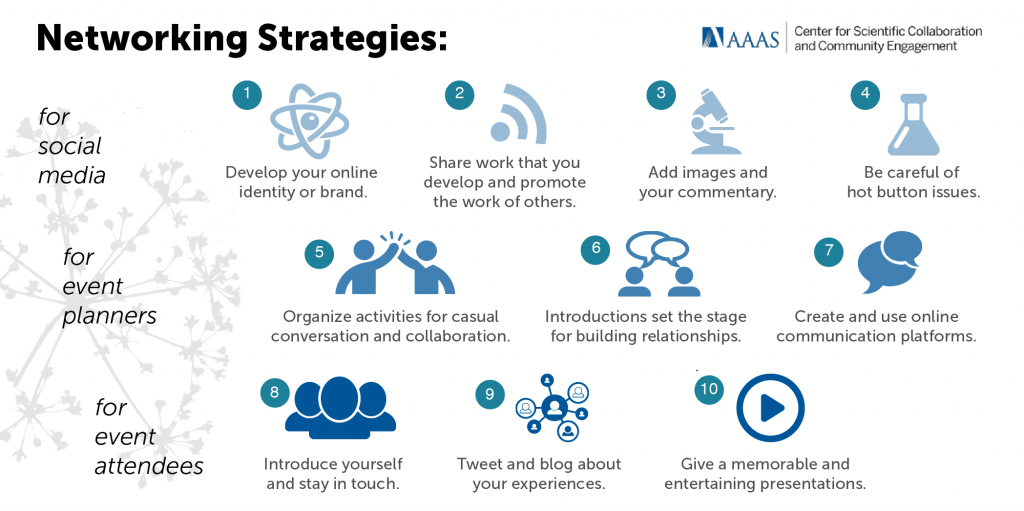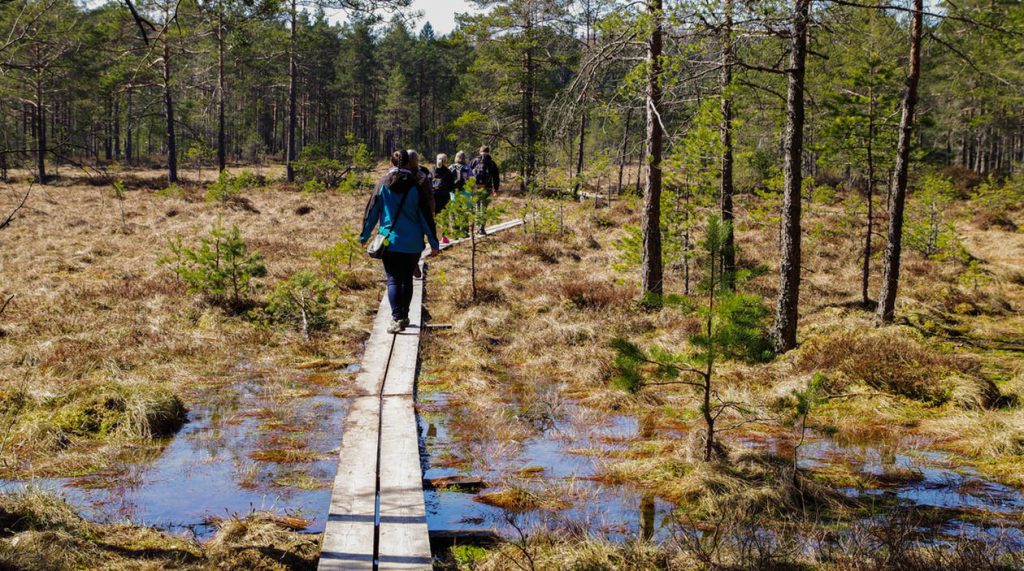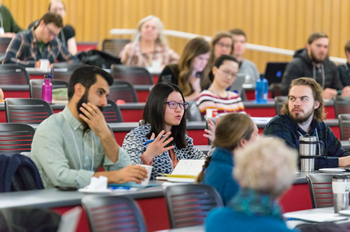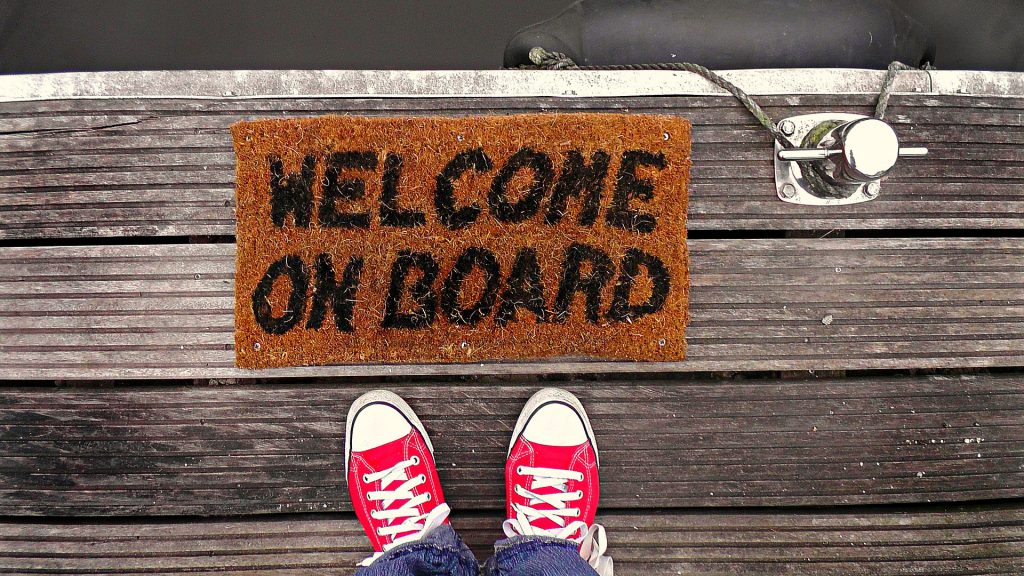We’re continuing to share reflections from the 2017 Community Engagement Fellows on the blog. In today’s post, Andy Leidolf introduces his four part series, “The Community Manager’s Survival Guide: Building … Continue reading “Part 1 – The Community Manager’s Survival Guide: Emphasizing “Inreach” to Overcome Geographic Dispersion”
We’re continuing to share reflections from the 2017 Community Engagement Fellows on the blog. In today’s post, Andy Leidolf introduces his four part series, “The Community Manager’s Survival Guide: Building Social Capital in Large, Heterogeneous, Geographically Dispersed Research Networks.” You can catch up on all posts by the Fellows here.
Posted by Andy Leidolf, Coordinator, Honors Program, Utah State University, and Executive Director, Society for Freshwater Science. Leidolf served as iUTAH Assistant Director and Project Administrator from 2014-2018.
The Challenge
When I began my tenure as Assistant Director of the iUTAH EPSCoR project in October 2014, the fact that the members of my research collaboration were not co-located, but dispersed among eleven institutions of higher learning spread all over the state of Utah, as well as 100 state, national, and—in some cases—international partner organizations, made settling into my position, frankly, a scary prospect. We were funded by a five year, $20M grant from the National Science Foundation to enhance Utah’s water resources through research, training, and education. This included studying the state’s water system, as well as working to understand how factors like population growth, climate variability, changes in land use, and human behavior impacted the sustainability of our state’s water resources. No small feat. How was I ever going to learn who all these people were, what role they played in and for our community, and—most importantly—how to communicate and engage with them?
Continue reading “Part 1 – The Community Manager’s Survival Guide: Emphasizing “Inreach” to Overcome Geographic Dispersion”
 Continue reading “Ten networking strategies for community managers”
Continue reading “Ten networking strategies for community managers”



